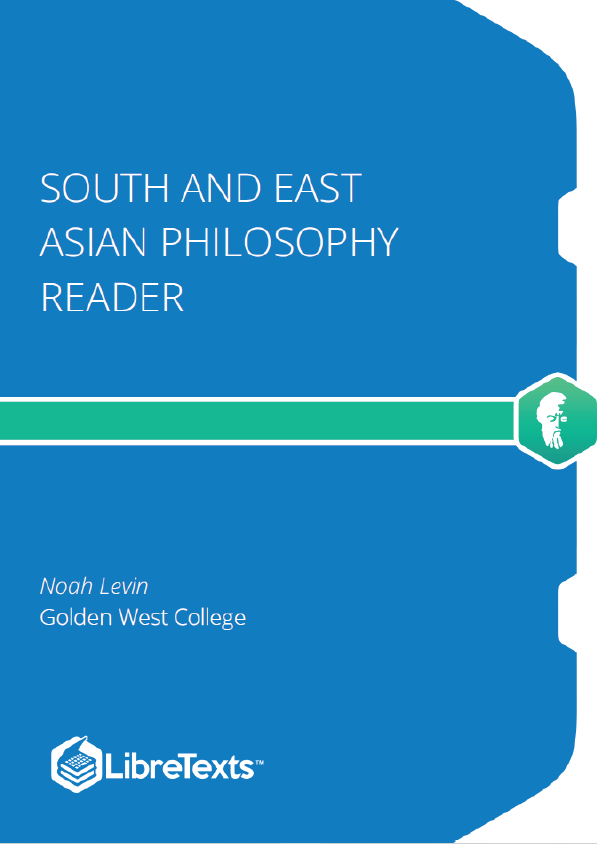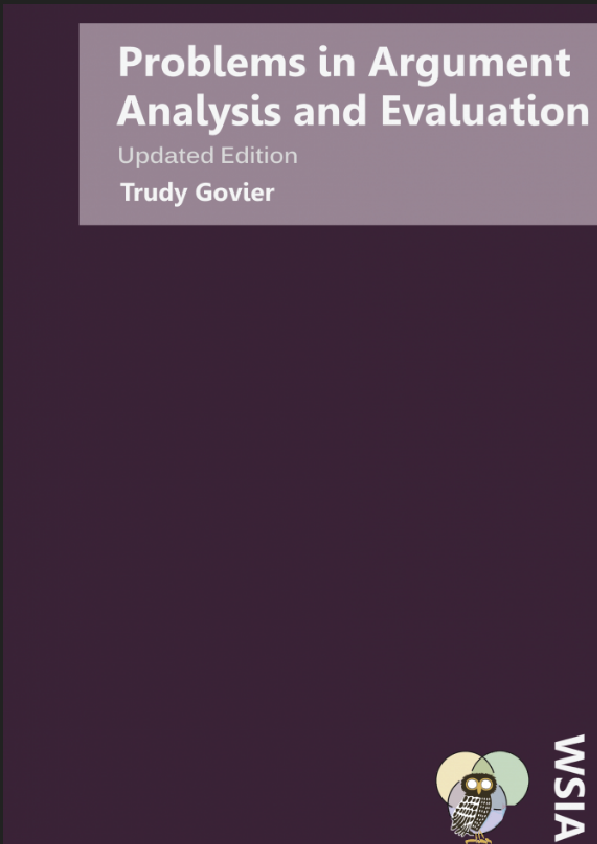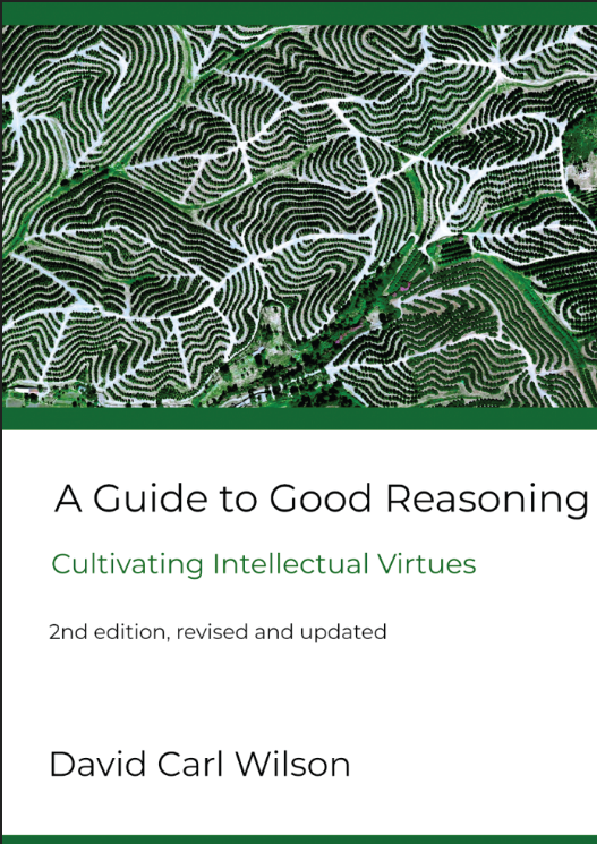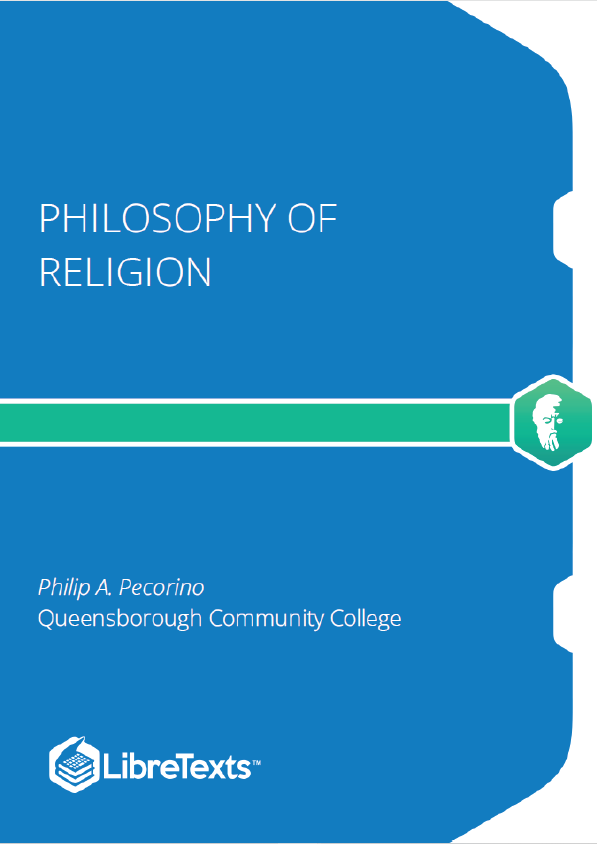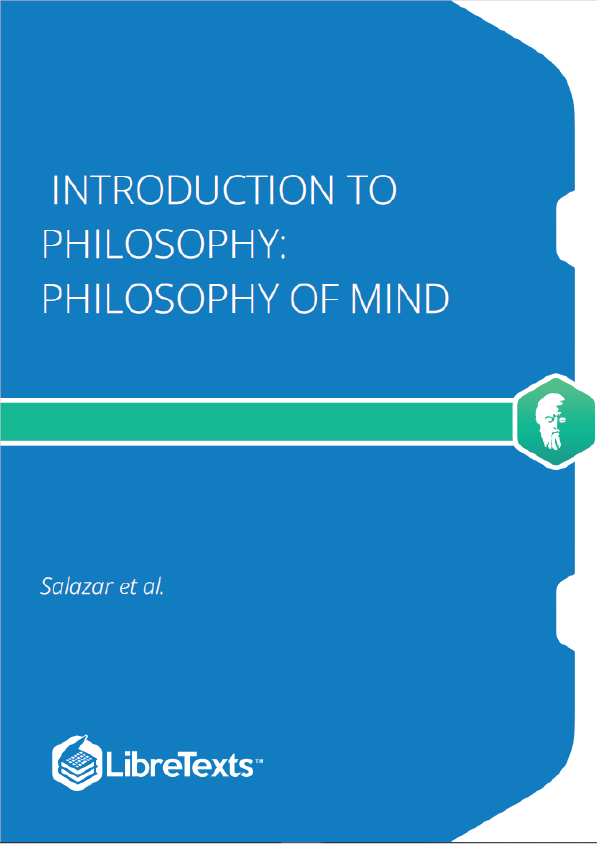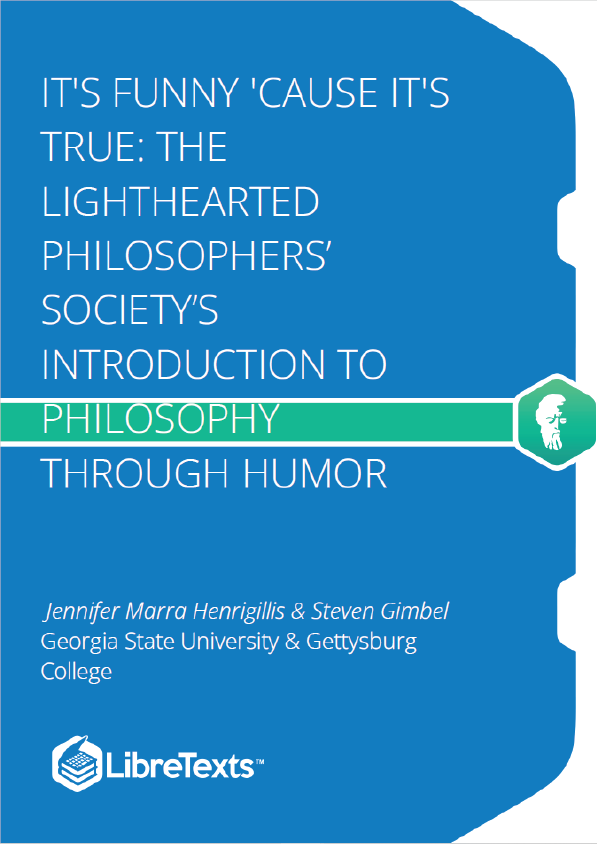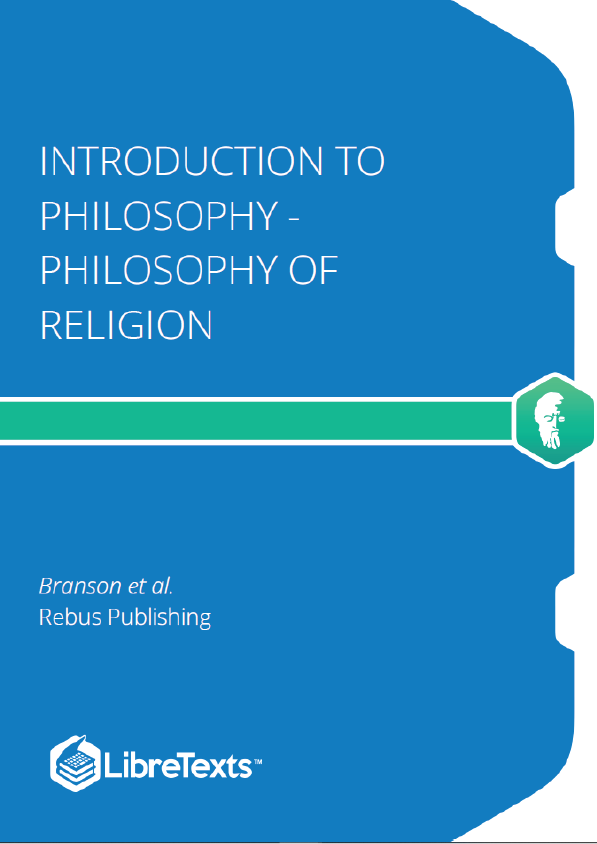It is Euro-centric to refer to all the Philosophies of Asia as “Eastern” as it unfairly groups the quite various Philosophies that developed in West Asia (Zoroastrianism), South Asia (Buddhism, Jainism, Hinduism, Sikhism), and East Asia (Ch’an Buddhism, Taoism, Confucianism, Shintoism) into a single unit that implies they are quite similar. Other than their relative geographic proximity, the various philosophies are, in many ways, more different than those philosophies that have been developed in Europe and the other parts of the world. This first Unit explores some of the older philosophical viewpoints that underlie much of the philosophy that has been developed in East Asia, particularly China and Japan. These are Taoism, Confucianism, and the philosophical underpinnings of the Shinto religions.
It is nearly impossible to separate the various Asian Philosophies from their associated religions, but it is very important to recognize that the religions that are practiced that share a name with an associated philosophy are often quite different. Indeed, the foundations of the religious practices bear resemblances to the underlying philosophy, but it would be folly and misleading to think that, for example, modern practitioners of the Taoist religion are entirely in line with the philosophical works (Tao Te Ching and Chuang-Tze) at the core of the Taoism’s establishment. The readings contained herein are thus to be analyzed and considered as philosophical works detached from any particular religious practices or organizations. These readings can stand on their own to present their ideas, and while knowledge of the associated religions can aid in appreciating and understanding these readings, it is not required, and such knowledge could even provide one with problematic predispositions that prevents one from appreciating these works in an appropriately neutral philosophical fashion.
The Tao of Pooh by Benjamin Hoff (1982) is a classic, very accessible work that explains the “inexplicable” philosophy of Taoism. Taoism must be understood and experienced in a way that is beyond words, but Benjamin Hoff does his best to explain the inexplicable using A.A. Milne’s characters from his stories with Winnie the Pooh. I encourage the reader to obtain a copy of the work and read it along with this selection from the Tao Te Ching. Read the first half of The Tao of Pooh, pages 1-90 (just before the section called “Bisy Backson”) and see if you can experience The Way (The “Tao”) for yourself. It is very affordable and widely available in many formats (including audiobook).
